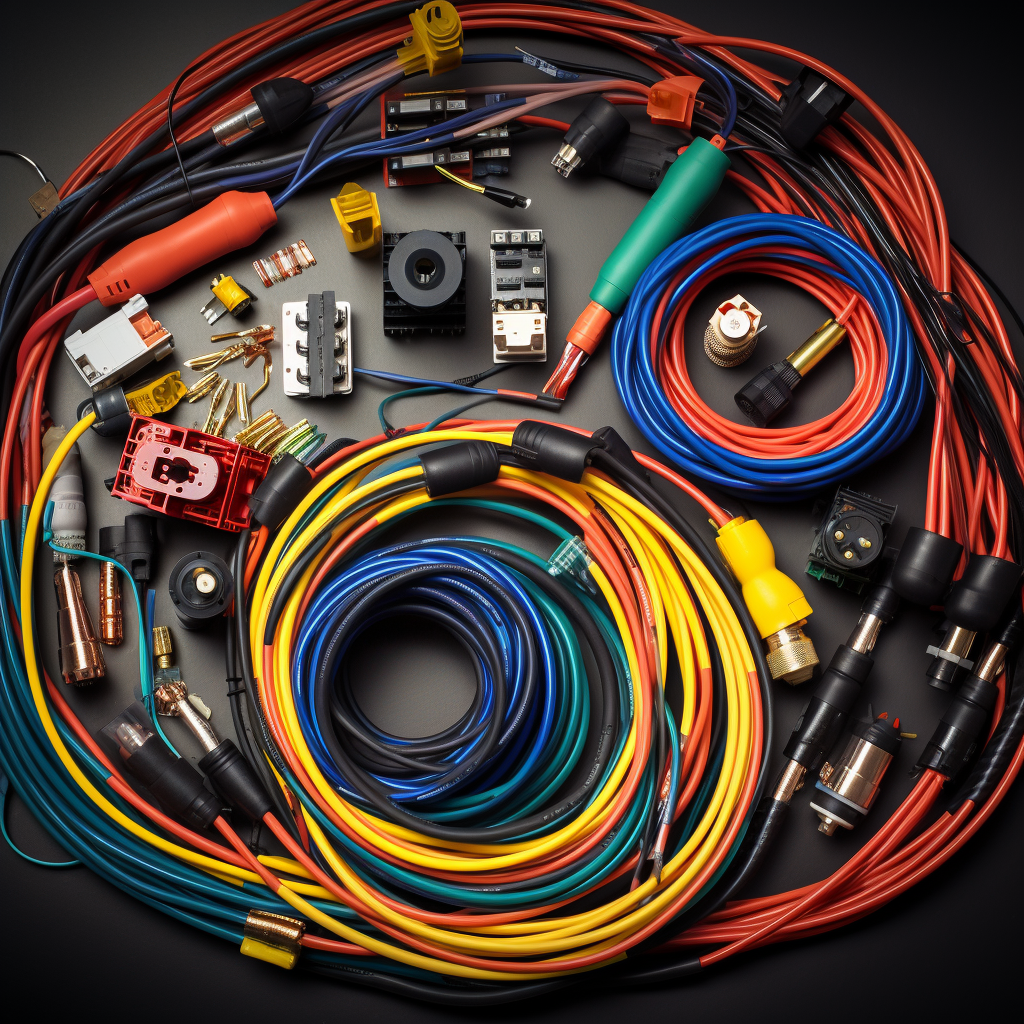Introduction
Embarking on a project involving wire harnesses can be daunting, especially when confronted with industry-specific terminology. Understanding this language is key to navigating the world of wire harnesses effectively. This beginner-friendly guide aims to demystify common terms and phrases, making the topic accessible to newcomers and providing a useful reference for those already in the field. Let’s untangle the complex web of wire harness terminology together.
1. Wire Harness:
At its most basic, a wire harness is an assembly of wires or cables arranged together to transmit signals or electrical power. They are often sheathed in a protective covering for organization and protection.
2. Conductor:
A conductor is a material that allows the flow of electrical current. In wire harnesses, copper is a commonly used conductor due to its excellent conductivity and flexibility.
3. Insulation:
This is the non-conductive material that surrounds the conductor, preventing unwanted current flow to other wires or surfaces. Insulation ensures safety and helps in identifying different wires.
4. Gauge:
Wire gauge refers to the thickness of the wire. It’s important to choose the right gauge for your application, as this affects the amount of current the wire can safely carry.
5. Connector:
A connector is a device that joins electrical terminations to create an electrical circuit. They can be used to connect wire harnesses to devices or other wires and can be designed to be easily connected and disconnected.
6. Termination:
This refers to the end of a wire prepared for connection. Termination can involve fitting a connector, crimping a terminal, or preparing the wire in some other way for its intended use.
7. Crimping:
Crimping is a method used to join a connector or terminal to a wire. It involves deforming one or both to hold them together, often using a special crimping tool.
8. Strain Relief:
Strain relief components protect the wire from tension and bending at points of termination. They are essential for maintaining the integrity and longevity of the connection.
9. Bundling:
This is the process of grouping together wires or cables within a harness for organization and protection. Bundling can be achieved using materials like heat shrink tubing, cable ties, or conduit.
10. Schematic Diagram:
A schematic is a symbolic representation of a wire harness, showing the components and their connections. It’s an essential tool for planning and troubleshooting wire harness designs.
Conclusion
Understanding the basic terminology of wire harnesses is the first step in confidently tackling projects in this area. With this guide, you’re now equipped with the foundational knowledge to navigate the complexities of wire harness design and implementation.
If you’re embarking on a project involving wire harnesses and need expert advice or custom solutions, don’t hesitate to contact WiringLabs.
